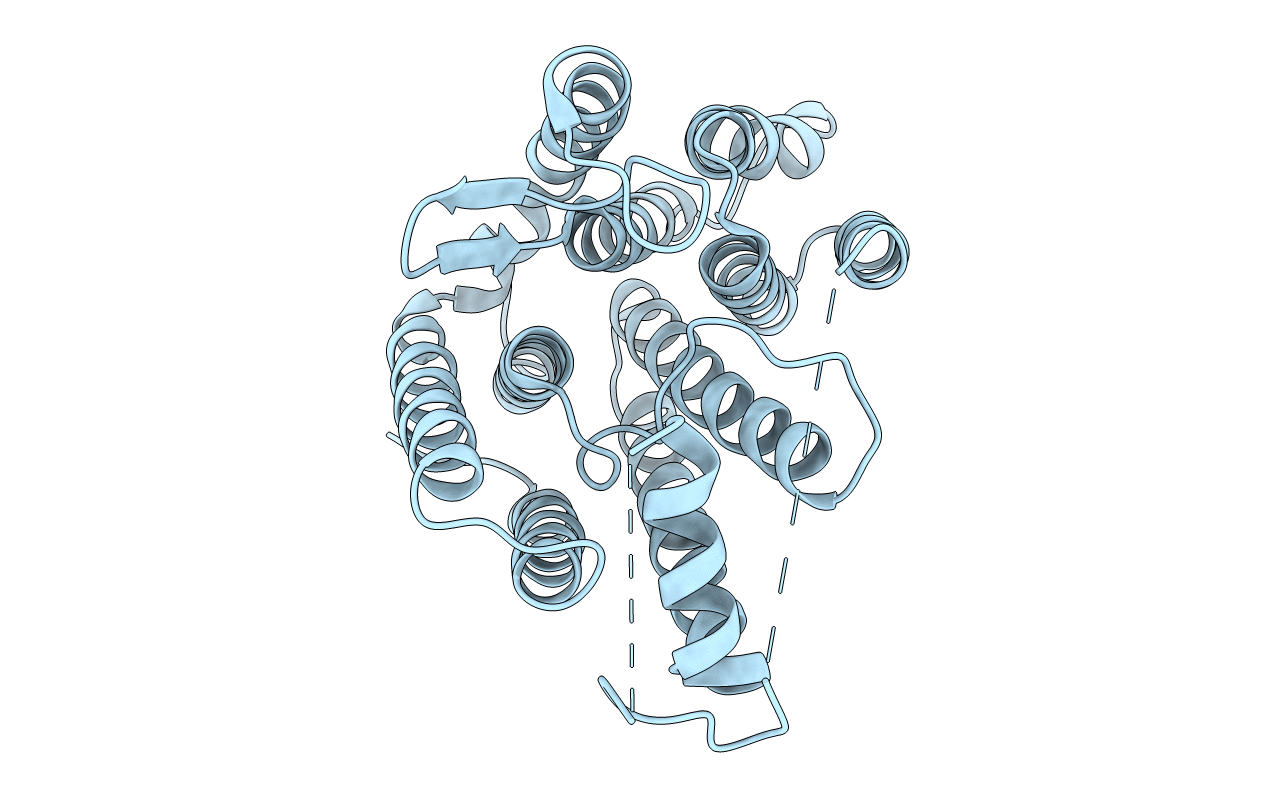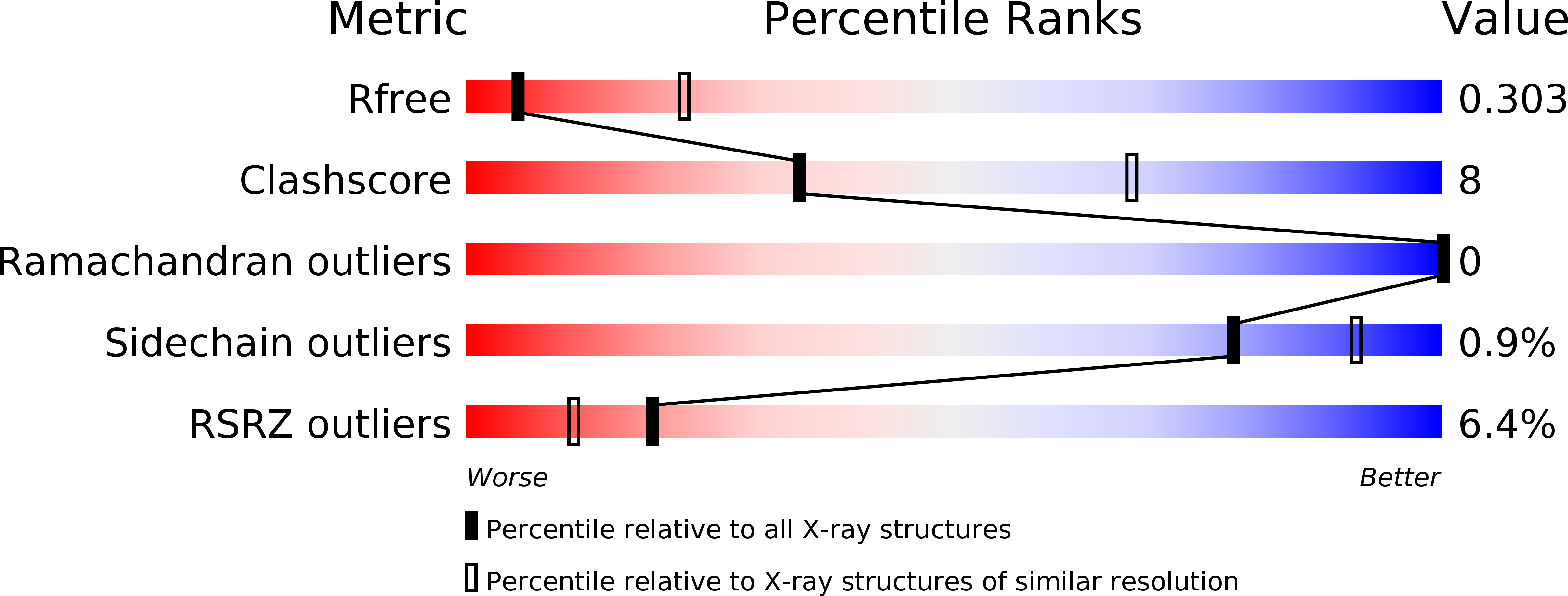
Deposition Date
2017-10-15
Release Date
2018-03-28
Last Version Date
2023-10-04
Entry Detail
PDB ID:
6BAS
Keywords:
Title:
Crystal structure of Thermus thermophilus Rod shape determining protein RodA D255A mutant (Q5SIX3_THET8)
Biological Source:
Source Organism:
Host Organism:
Method Details:
Experimental Method:
Resolution:
3.19 Å
R-Value Free:
0.30
R-Value Work:
0.27
R-Value Observed:
0.27
Space Group:
C 1 2 1


